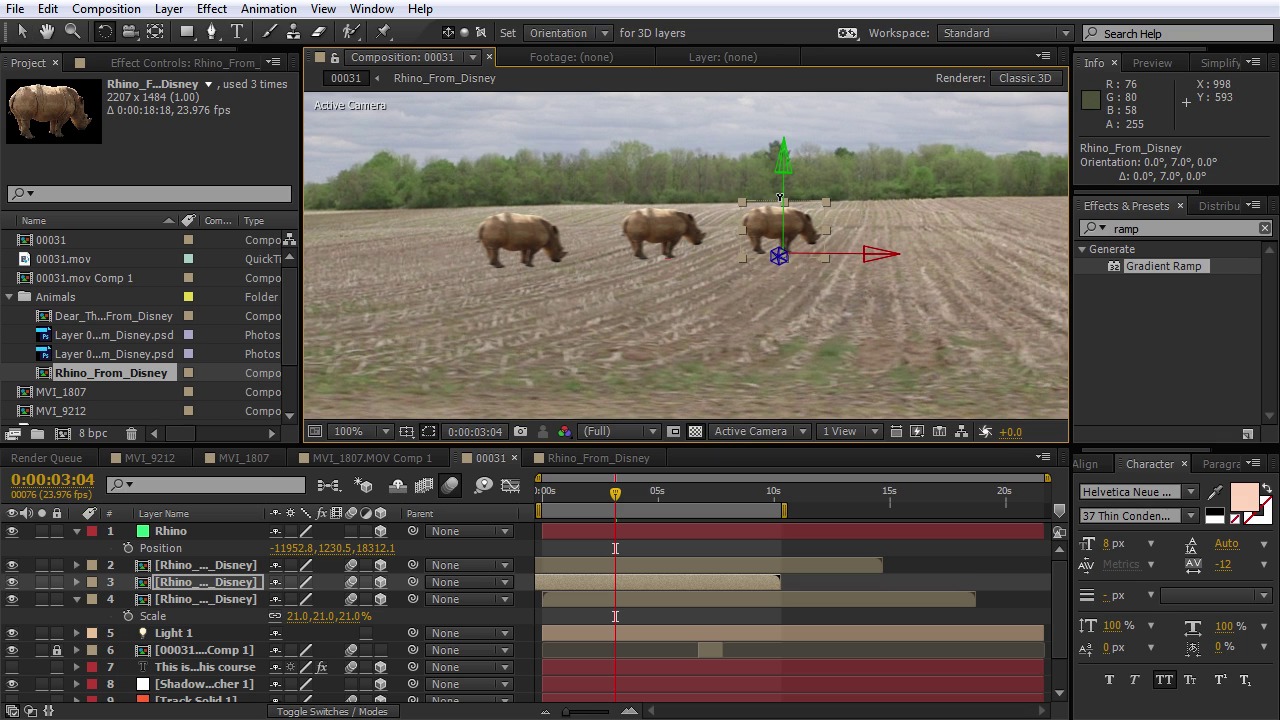

A slow attack will let the initial transient through while a faster release will bring up more details and sustain. I’ll use a moderate ratio of 2:1 or 3:1 and aim for2-4db of gain reduction. To “hold the guitar in place” without squashing the natural dynamics, I’ll reach for a compressor and dial in a slower 15-30ms attack and a faster release of 60-100ms. The acoustic guitar recording might need some general “glue” to keep the overall level consistent. Here are the three main uses for compression in your acoustic guitar signal chain: Since compression has many different uses for acoustic guitar, first think about why you need it. Compression is crucial to get it sitting right in your mix. The volume level of an acoustic guitar is tied directly to the energy of the player which makes it a very dynamic instrument. Here’s an example of the guitar recording before and after the subtractive EQ stage: This lets you create very precise EQ moves to fix problem frequencies that occur in specific moments of the material. Unlike a compressor, a dynamic EQ works in the frequency domain, applying a filter to the signal rather than directly reducing the gain. Like a compressor, a dynamic EQ applies its processing only when the signal level crosses a set threshold. But if this area needs to be addressed you can try a shelf or low pass filter with a gentle slope of 6 or 12 dB/octave between 12khz and 17khz to try and fix the issue. You don’t want to go too crazy here, since you don’t want to remove this important dimension of your instrument. In rare cases you may notice some unnatural metallic sound in the very highest frequencies. A dynamic EQ can come in handy in this situation, since string noise tends to only be undesirable in certain moments, such as when the player strikes a heavy chord or transitions chords. In our example we left these areas alone, but you might consider using very subtle cuts in these regions if you find your string noise to be overly harsh. Your mic might pick up some overly harsh tones as a result of string squeaks.

In some cases you might even boost the 100-300Hz area with a broad Q in order to bring more warmth to a guitar.

Remember you don’t need to cut anything-only the frequencies that are causing problems. There are two general areas I usually look to cut-150Hz to 300Hz to remove muddiness and 350Hz to 1kHz for room resonance and unpleasant overtones. A hi-pass filter with a moderate slope placed at 80Hz or so will often solve this problem.Īlso a result of unwanted room tone, this can be a tricky area to work with because many of the desirable resonant frequencies of the acoustic guitar exist here. Typically caused by room reverberation, body / string resonance, or proximity effect. It takes some practice, but you may soon start to notice these typical frequency issues stick out: Just because the guitar sounds good on its own doesn't mean it'll sound good in the mix. It's important to listen to the guitar in the context of your mix before making EQ decisions. When using subtractive EQ, try to focus your listening on the individual frequency areas of the guitar and how they interact with the rest of your mix. The typical best practice for subtractive EQ is to use it early in the signal chain to ensure problem frequencies don’t get exacerbated by additional processing. Subtractive EQ is the method of cleaning and polishing an audio signal by only cutting frequencies with an EQ, as opposed to boosting them. It’s important to remove these issues in the first stage of your signal chain, which will help your acoustic guitar sound more clear and balanced, ensuring better results after further processing. When I say “Problem frequencies” in acoustic guitar recordings I am referring to things like string noise, body resonance, unpleasant room tone, or a combination of these.


 0 kommentar(er)
0 kommentar(er)
